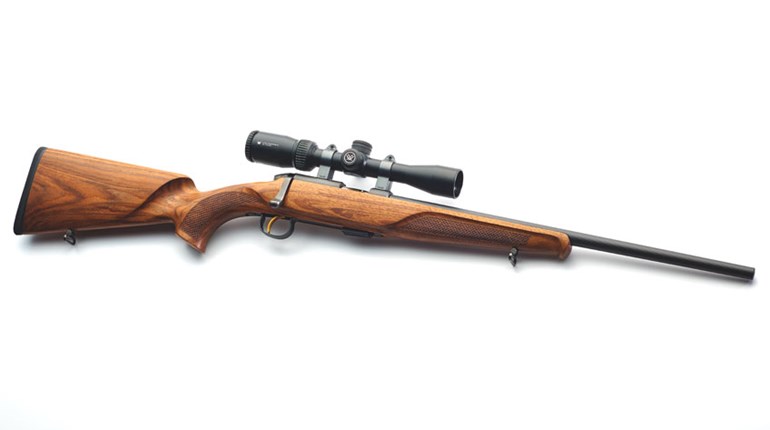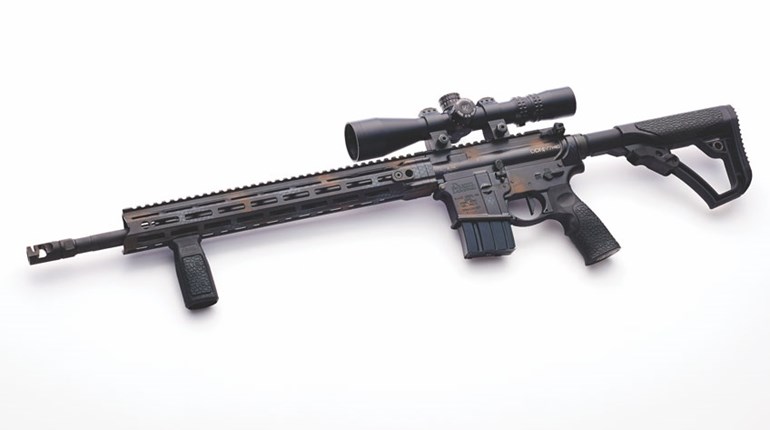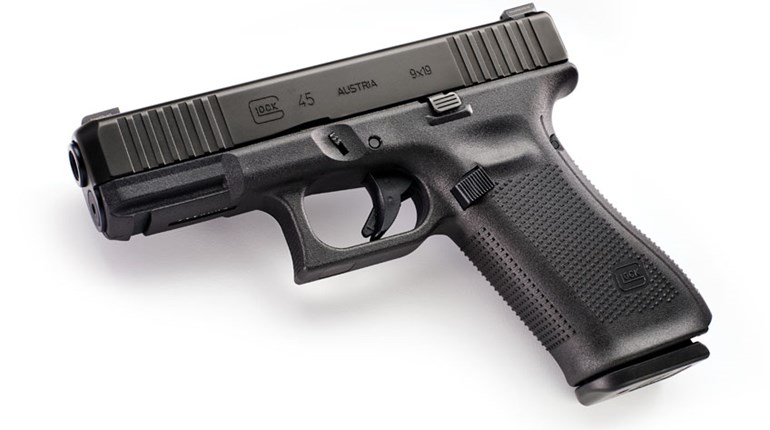
It’s always a treat to get feedback that Carry Life is helpful (thank you, all), but “Summer Cover” has been a bit of a surprise. Quite apparently, what bugs us in warmer weather has bugged many of you, too. This time out, therefore, we’ll take a look at what goes on south of the belt line, as summer-weight clothing imposes some compromises for the Carry Lifer there as well.
Working through how pants/trousers/shorts affect carry is in some ways easier than for garments above the waist. Warm weather wear also reduces the importance of the differences between men’s and women’s pantalones, too: Light is light, and all lengths for both genders are retained at the waist by girth plus tension (when beltless), elastic or a belt of some sort. … what works for other seasons may not apply as the temperature climbs.
By default, then, they put a premium on correspondingly light weight for your carry method, and not just your firearm. We’d argue that “caliber” matters more, too, and we’re not referring to that of your firearm. Instead, we mean the dimensions of your carry method (read “holster”) plus your firearm. The net result is that what works for other seasons may not apply as the temperature climbs.
Big surprise (not!): We have some suggestions to keep those drawers up in the good ol’ summertime.
If the absolute lightest weight seems to you the best help to more frequent, comfortable and versatile summer carry, consider the Skyline Toolworks LLC “ClipDraw.” We spent a lot of time on this here, but a reprise for summer consideration is worthwhile. This solution adds tiny weight to a carry arm—as little as one-quarter ounce—and no girth as the clip itself is outside the waistband.
Particularly when combined with a modern carry pistol, it also won’t interfere with many other accessories (see our Crimson Trace-equipped Glock 42, for instance). It’s such a low-impact design that conventional holstering is still possible in many cases (though why you’d want or need to do this is less clear). Plus, it doesn’t enforce any particular angle/cant, and it allows both top-of-the-pocket carry in cargo-type pants and almost continuously variable positions along the belt or waistband for either hand (lefty to righty or vice versa is about a 90-second operation).

We’ve used ours in appendix position and all the way around to the center of the back. This last position has a potentially major advantage in some circumstances, too—the ability to reach your defensive arm in a firing grip with either hand. We remind you of one important proviso: If you use the ClipDraw for pocket carry, that pocket must be empty of everything else.
ClipDraws are available for a vast number of semi-autos and revolvers, and there’s no reason to run from their generic solution: We’ve used it steadily with no complaints.
Another lightweight winner is the Dale Fricke “Zacchaeus” concealment holster. No stranger to Carry Lifers, it remains a top candidate in any “if we had to pick just one” contest. It’s a clever fold of Kydex that covers just the trigger of the firearm, and generally elicits the same incredulous exclamation from first-timers: “That’s a holster?” To which we reply, “Yes, sir,” and a darn versatile, less-than-one-ounce gem to boot.
The Zacchaeus is secured to the belt or belt loop by a lanyard, with the fold grabbing the firearm securely by the trigger guard. This protects the trigger decisively, and makes your wherewithal safely tuckable almost anywhere along the belt, and even in some pockets. Like the ClipDraw, it does not enforce cant, and this helps make it extremely comfortable. We’ve worn this anywhere from appendix to kidney, and find it especially forgiving in and out of the car. It comes off due to lanyard tension as you draw, so you never wind up pointing a holster at your threat, nor is it easy to go for the trigger prematurely—a great safety aspect.
A couple of details are worth mentioning. When we encounter folks who aren’t especially satisfied with a Zacc, the cause is nearly always that the lanyard is tied too long. This makes the draw stroke seem slow and (often very) exaggerated, so who can blame them? Our recommendation is to go at least a third shorter, and this generally refreshes smiles all around. What folks have forgotten to account for here is the “give” in the entire system: A lot of clearance comes from natural flex in the belt/belt loop or waistband, and isn’t needed in the lanyard itself. It can, therefore, be surprisingly short. The Zacc should pop off just as the barrel clears the waistband/belt. (We favor a pair of “cow” or “bale hitch” knots to link the ends of the lanyard as they allow adjustability without retying, and also don’t over-tighten on their own.)

A second benefit is the ability to affix the Zacchaeus along a surprising “arc” of the waist. We have some pairs of pants and shorts where belt loops are positioned such that we can tuck the pistol anywhere from appendix to kidney positions. You can also simply skip a belt loop at 2 o’clock and get the same versatility.
Some folks worry about retention, but this is waaaay overstated. “Because we could,” we tried this with a fully loaded (though not chambered) Glock G40 by jumping up and down over a pillow. Yep, we shook that big boy loose, but it took some doing (Hah! Try and get that image outta your head). We’ve also worn one to the point that we decided not to use it anymore, but it took a good long time (years).
The Zacchaeus also has what we think may be a unique safety feature that goes peculiarly unremarked: You can unload and clear your pistol as well as charge it without ever exposing the trigger. Nifty.
There’s a last option for summer carry that’s also a “must,” we think, and that’s a safe provision for pocket carry of a very small firearm. There are simply times when nothing else will serve, and even a ClipDraw or Zacchaeus isn’t workable.
Here, choices often narrow in two directions simultaneously, but the big one is: “Do I even own a sufficiently small but reliable pistol?” There’s good news and bad here. Good—there are now excellent options in true pocket size and even five years ago this was a harder case to make. The bad? Do you own one of those safe, reliable designs?
The Carry Life includes a commitment to keep your choices safe for others and yourself in addition to being effectively protective
The second direction is still much argued in some quarters: Can pocket carry be safe? We believe the answer is “yes.” But like all carry, it hinges on whether or not you’re willing to practice with a second (and generally more demanding) carry arm, and always abide by the “absolutely nothing else in that pocket” rule. If so, get an appropriate in-the-pocket holster, and learn how to use it. (The versatile Remora, which is actually a “sticky” IWB holster, has served us well in the pocket role.)
Any time you’re changing kit—whether you’re accommodating for warmer weather and different garb, or something else entirely—it’s crucial to remember that a burden is attached: The Carry Life includes a commitment to keep your choices safe for others and yourself in addition to being effectively protective. So once you figure out your warm-weather changes, use that same weather to get out and practice. Practice your shooting, of course, but also practice getting off the “X” and staying out of trouble in the first place.
So keep the sunscreen handy, and Carry on.

































